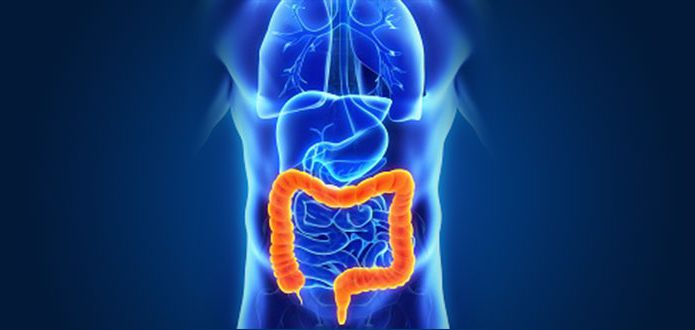Colorectal Cancer:
If you or a loved one is dealing with a diagnosis of colorectal cancer, our multidisciplinary team of gastrointestinal cancer specialists at West Cancer Center & Research Institute is here to provide you with the latest treatments and technology to design a personalized treatment plan specific for your disease. Our goal is to also provide resources and information to better help you understand and manage your disease.
What is Colorectal Cancer?
Colorectal cancer originates in the inner lining of the colon and/or rectum and usually starts as a polyp, or growth of tissue, which can be noncancerous. These polyps can become cancerous if not removed. If the cancer begins in the rectum, the part of the lower gastrointestinal system where waste is passed from the body, it is referred to as rectal cancer. Likewise, if the colon, the first four to five feet of the large intestine, is the initial site, it is called colon cancer.

Schedule an Appointment
Click here if you would like to schedule an appointment or refer a patient to West Cancer Center.
Schedule and Appointment

Find a Clinical Trial
At West Cancer Center, our patients have advanced access to the therapies of tomorrow – today.
See Clinical Trials

Learn More
To learn more, please click here to visit the National Cancer Institute website.
Learn More

Learn more about how to schedule an appointment or refer a patient to our oncology specialists here at West Cancer Center.





